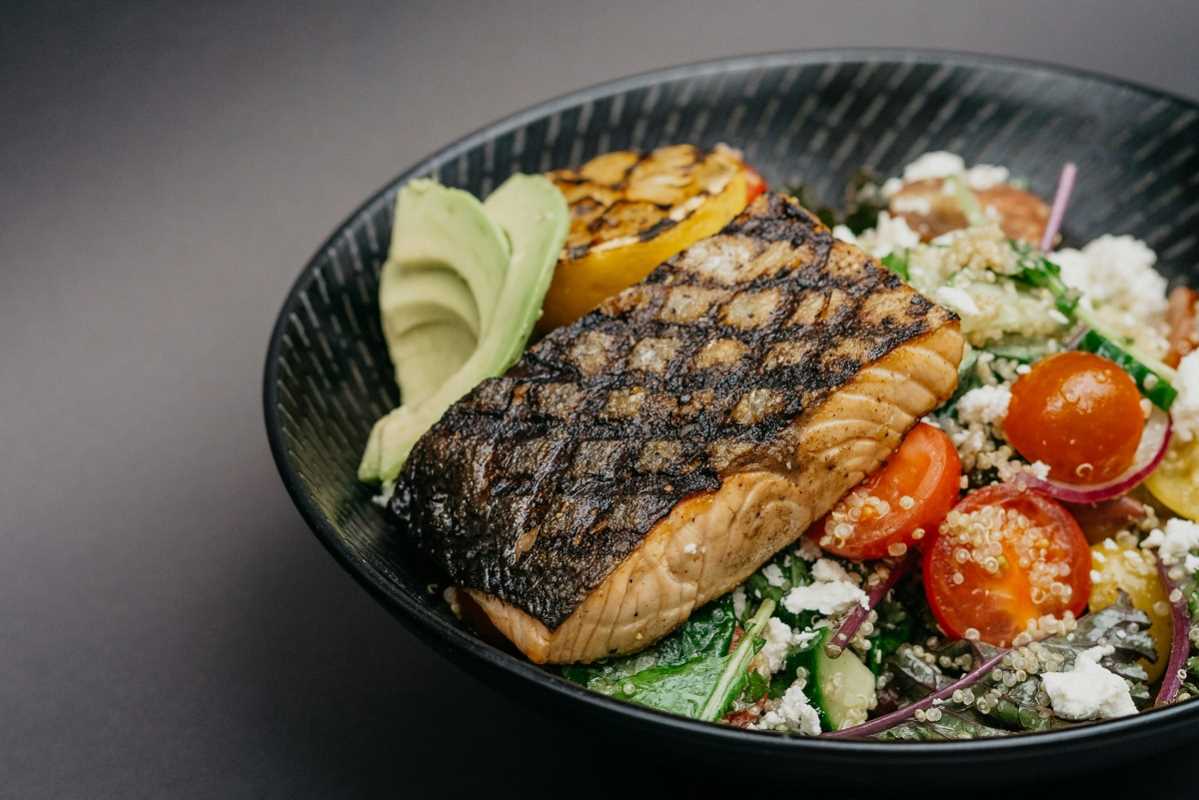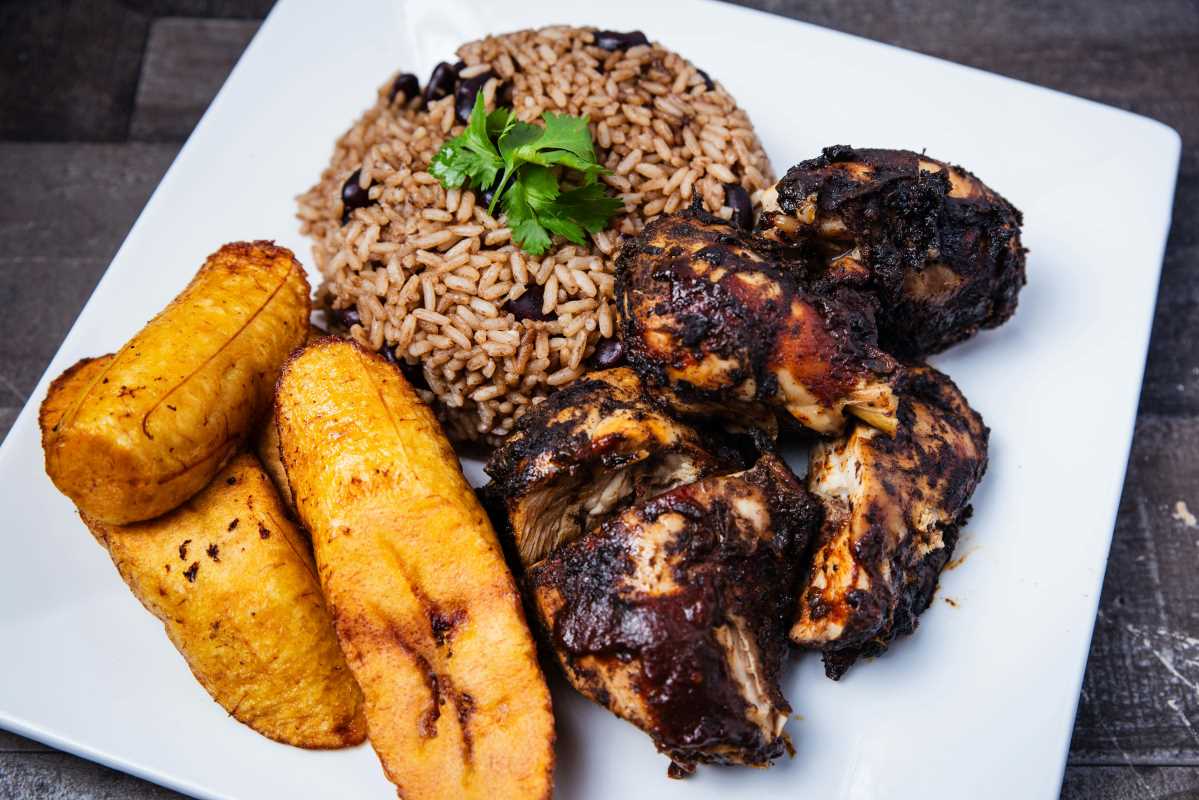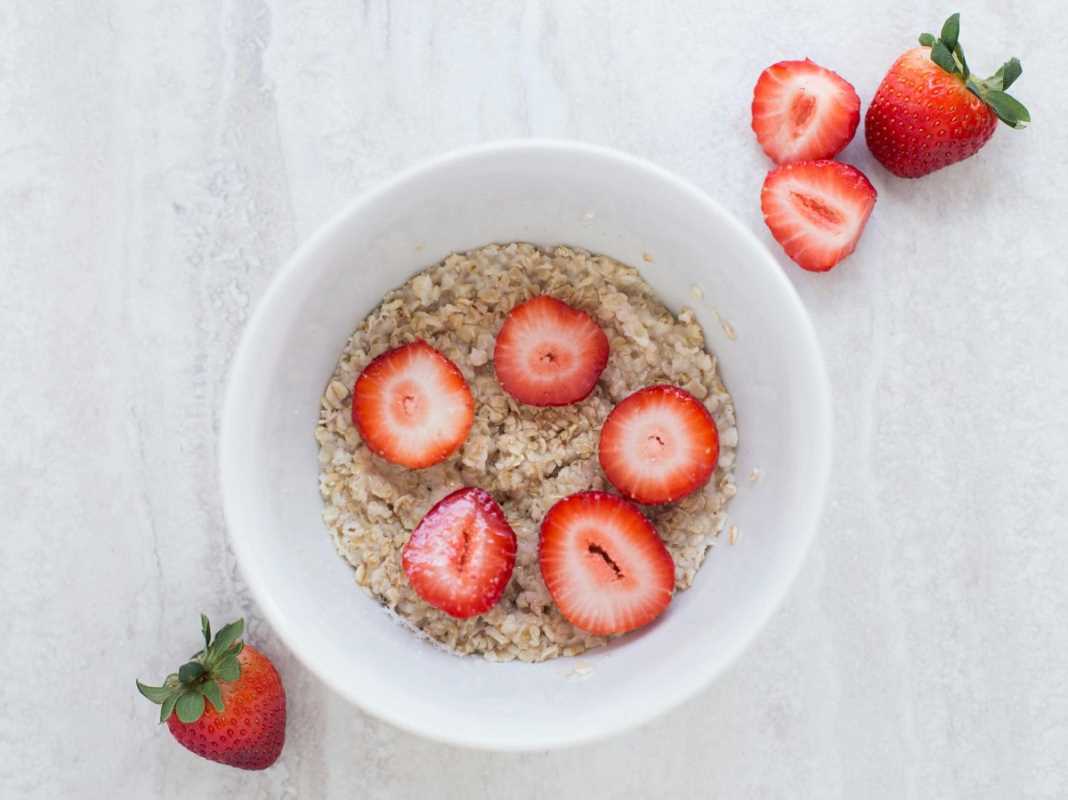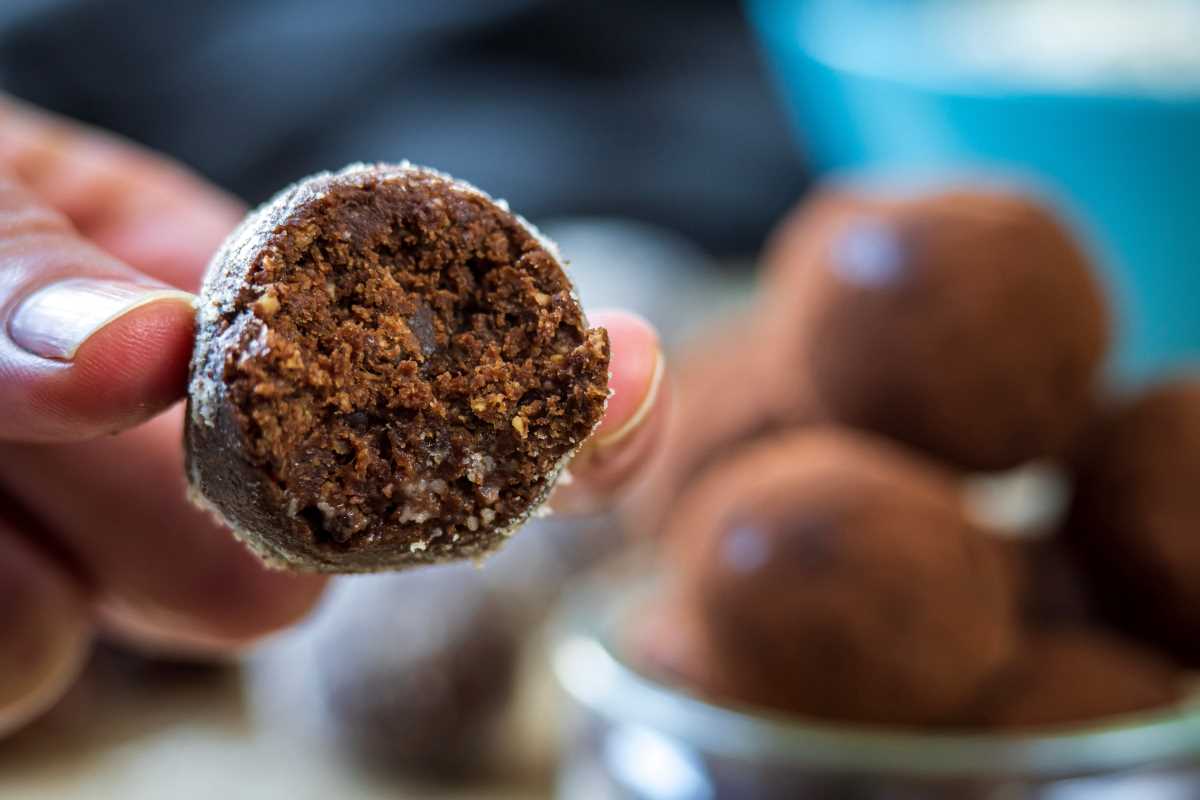Superfoods. You’ve probably heard the term tossed around everywhere—from flashy posts on social media to grocery aisles with eye-catching labels and sky-high price tags. They’re marketed as magical, all-encompassing health solutions, capable of transforming your body and mind with just a spoonful. From boosting brainpower to promising faster weight loss, the spotlight on these so-called "holy grail" foods has sparked a whirlwind of trends and misconceptions.
But how much of this hype holds water? While these foods do tend to pack a nutritional punch, they’re often surrounded by myths and marketing ploys that can be, frankly, misleading. It’s time to separate the fact from the fluff and look at how you can eat smarter without falling victim to the myths.
Myth #1: Superfoods Are a Magic Fix for Your Diet
The Truth
Superfoods, by definition, are nutrient-rich. Foods like kale, quinoa, and salmon are undeniably good for you. However, consuming superfoods alone won't magically fix an unhealthy lifestyle. Eating kale three times a day won’t cancel out the effects of fast food binges or sedentary habits. True health is a result of balance, variety, and consistency in your diet.
Take the example of chia seeds, often hailed as a superfood for being rich in omega-3 fats, fiber, and protein. Sure, sprinkling chia seeds on yogurt is a great way to boost nutrition, but no amount of chia pudding will compensate if your diet is primarily made up of processed, high-sugar foods.
Smarter Eating Tip: Focus on creating a diverse plate filled with colorful vegetables, whole grains, lean proteins, and healthy fats. Variety is the real key to nourishing your body. Think of each food as part of a harmonious orchestra rather than a solo act.
Myth #2: Expensive Superfoods Are Always Better
The Truth
Imported or exotic superfoods like spirulina, açai berries, and maca root are often touted as unparalleled health foods, but their steep prices don’t necessarily match their benefits. Many of their nutritional properties can be found in everyday, affordable options. For instance, blueberries, rich in antioxidants, are just as powerful as their more expensive peer, açai berries. Similarly, spinach provides just as much (if not more) nutrition compared to a pricey green powder.
Even ancient grains like quinoa have a cost-effective counterpart in barley or farro, both of which are excellent sources of fiber and essential nutrients. These simple swaps can make healthy eating accessible without draining your wallet.
Smarter Eating Tip: Before reaching for a trendy product with a hefty price tag, take a closer look at the nutrition label. You’ll often find that budget-friendly basics like lentils, oats, or frozen produce deliver comparable benefits at a fraction of the cost.
Myth #3: Superfoods Will Detox Your Body
The Truth
The word “detox” gets thrown around a lot in the superfood world, often with claims that consuming a certain powder, smoothie, or tea will purge toxins from your body. The reality? Your liver and kidneys are your body’s natural detox system, and they work tirelessly to eliminate waste and filter harmful substances. No food, no matter how nutrient-dense, has the magical ability to act like a vacuum for toxins.
That doesn’t mean superfoods don’t have value. Foods rich in antioxidants, like berries, leafy greens, and nuts, can support overall health by reducing oxidative stress. But the idea that a single ingredient can cleanse you from the inside out is misleading at best.
Smarter Eating Tip: Instead of looking for miracle cures, support your body’s natural detox abilities by drinking plenty of water, limiting alcohol and processed sugars, and prioritizing whole foods. Fiber-rich options like beans, apples, and whole grains are especially good at keeping your system running smoothly.
Myth #4: Superfood Powders Are Superior to Whole Foods
The Truth
Convenience makes superfood powders appealing. A quick scoop of a greens mix can sound a lot simpler than preparing a salad or steaming broccoli. But powders aren’t without their downsides. Most lose their natural fiber during processing, which is a critical component for digestive health. They can also include added sugars, artificial flavors, or fillers that detract from their nutritional profile.
Whole foods, on the other hand, provide not only the nutrients you’re seeking but also the fullness, texture, and enjoyment that powders lack. For example, a fresh apple delivers fiber and hydration that apple-flavored powder simply can’t match.
Smarter Eating Tip: Use superfood powders sparingly, and only as a supplement to your diet. Whenever possible, prioritize whole foods. A robust salad filled with leafy greens, nuts, and colorful vegetables is nearly always better than a “green powder smoothie.”
Myth #5: You Should Only Eat Superfoods Raw
The Truth
The raw food movement often promotes the idea that cooking destroys vital nutrients. While it’s true that some vitamins, like vitamin C, can break down during cooking, others actually become more bioavailable. Take tomatoes, for instance. Cooking enhances their lycopene, a powerful antioxidant believed to support heart health.
Similarly, lightly steaming broccoli increases the availability of certain glucosinolates, compounds that may help fight inflammation and support healthy cell function. The key is knowing which foods benefit from cooking and which to enjoy raw.
Smarter Eating Tip: Balance is crucial. Include a mix of raw and cooked foods in your diet to maximize nutritional potential. For salads, enjoy fresh spinach, but complement it with roasted vegetables or lightly sautéed greens to add variety and nutritional depth.
Myth #6: Superfoods Guarantee Weight Loss
The Truth
Superfoods like avocados, green tea, and quinoa are often tied to weight loss programs due to their nutrient density and low calorie counts. But there’s no single food that acts as a silver bullet for weight management. Sustainable weight loss results from a combination of behaviors, including mindful eating, regular physical activity, stress management, and quality sleep.
Take avocado toast, a beloved option in many health-conscious circles. While it’s packed with healthy fats and nutrients, if portions aren’t controlled, the calorie count can easily tip the scale.
Smarter Eating Tip: Eat nutrient-dense foods but track portion sizes. Pair these foods with healthy habits like meal prepping and engaging in regular exercise. Aim for a holistic approach that works for your body long-term, rather than quick fixes tied to trendy food items.
Myth #7: You Need to Eat Exotic Superfoods to Be Healthy
The Truth
There’s no denying that the names of some exotic superfoods, like camu camu or maqui berries, sound exciting. But the truth is, you don’t need to spend a small fortune on hard-to-find ingredients to get the nutrients you need. Many of these foods are simply overhyped versions of what’s locally available.
Take apples, for instance. They’re high in fiber, vitamin C, and antioxidants, yet they’re often overlooked in favor of pricier imports. Similarly, lentils, a humble but highly nutritious legume, are packed with protein and iron and are far more affordable than many so-called superfoods.
Smarter Eating Tip: Look for locally grown, seasonal options. They’re often fresher, cheaper, and better for the environment. Next time you’re tempted by a trendy fruit or seed, consider whether a simpler, more accessible alternative could do the same job.
Superfoods, despite all the hype, are not the fountains of health they’re often made out to be. That doesn’t mean they’re not valuable! Incorporating nutrient-packed foods into your diet is a wise choice, but keep in mind that true health comes from balance, variety, and sustainable habits.
 (Image via
(Image via




.jpg)
